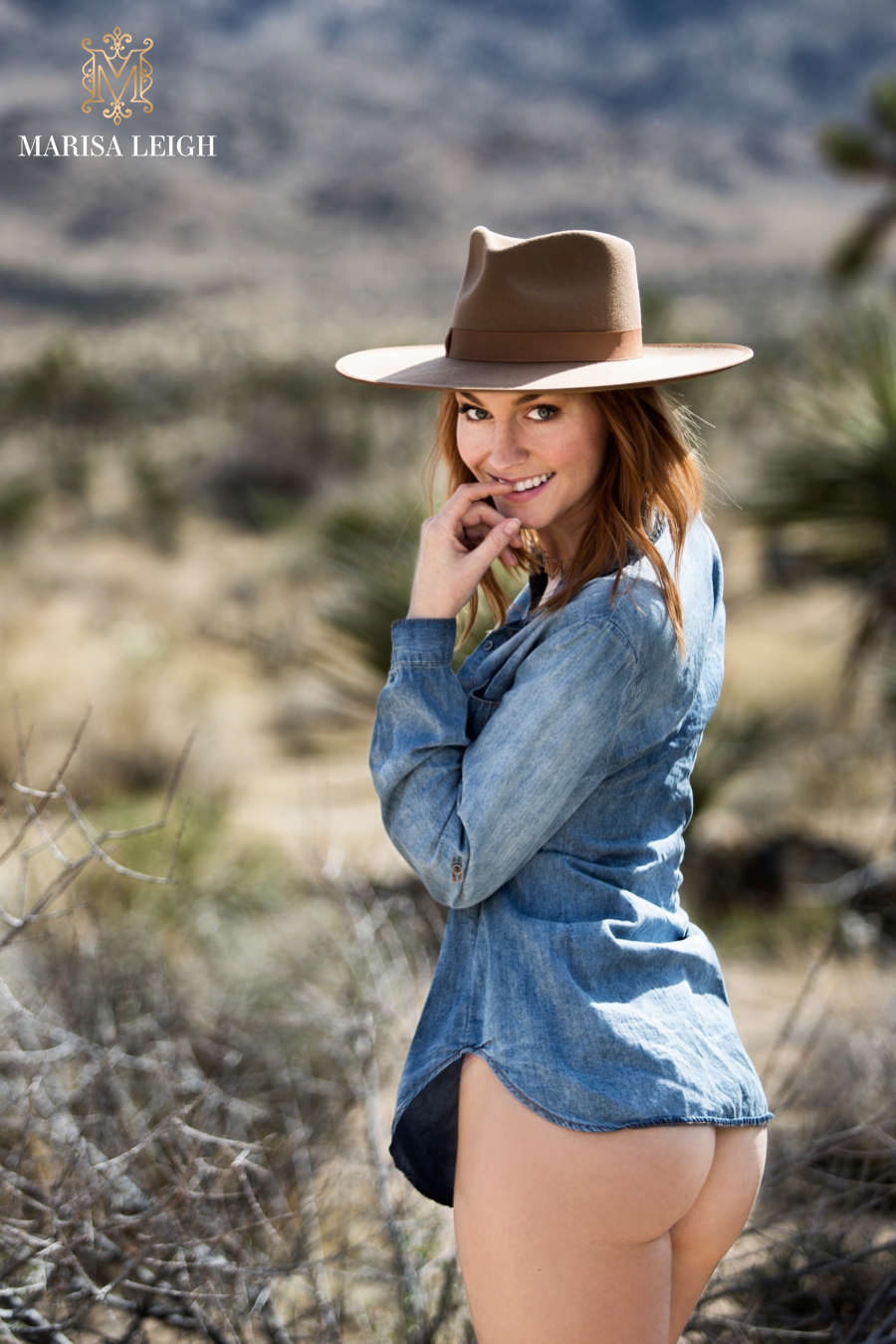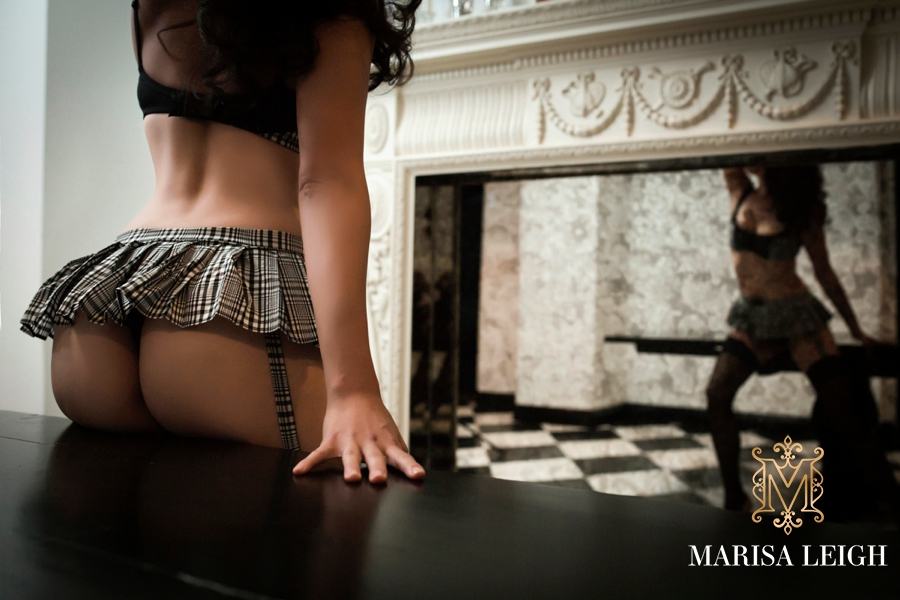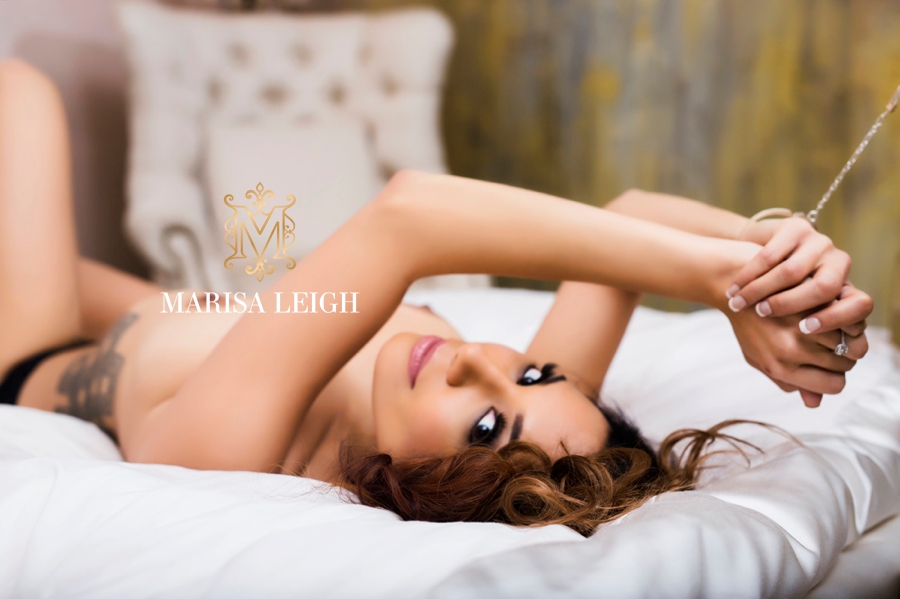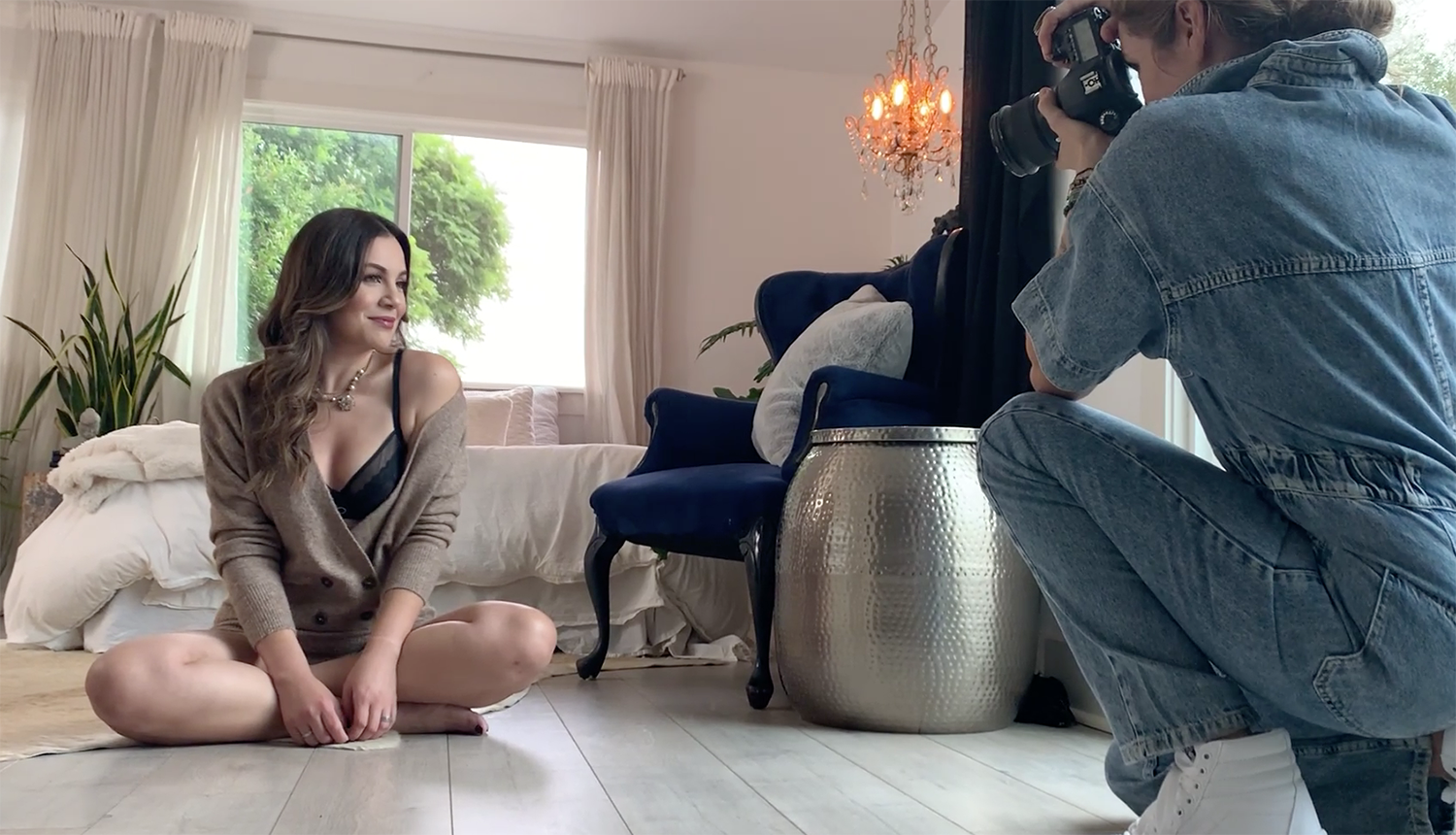Today, we’re taking a quick trip back to the fundamentals. That’s right, the FUN-damentals, the stuff you need to know and the skills you need to have if you want to take great photos. The composition is undoubtedly one of the most important aspects of photography, and here are the top 3 rules for good composition in Boudoir Photography.
1. Rule of Thirds
When composing a frame, imagine that there is a grid before your eyes. On this grid there are 9 boxes, separating your image into left/right/middle and top/bottom/middle, or into “thirds”. On average, the rule is that you want your subject to be in one-third of the frame (either on the right or the left) and negative space (or “less full” space) should fill the other two thirds.
Basically, the rule of thirds is intent on you not putting your subject smack dab in the middle of the frame. It’s not only off-putting, but it’s a tad boring. You’re supposed to be making your boudoir subject alluring, not boring. The rule of thirds will definitely help you with that.
2. Fill the Frame
The second important rule of good composition for boudoir photography, filling the frame, means that you need to eliminate all distractions. In other words, get closer to your subject! You don’t want to leave the viewer guessing as to what the point of the photograph was. Keep it simple, be focused, fill the frame. If you’re uncomfortable getting physically close enough to fill the frame with your subject, use a zoom lens. This trick is especially flattering with boudoir photography as it will soften your subject’s features and make them look extra glamorous.
3. Leading Lines
Your job as the photographer is to direct the eyes of your viewer to your target. One of the best ways to do this is through the use of leading lines. As a rule, when we see a line or an arrow or some other directional extending into the distance, we’re naturally inclined to follow it with our eyes. The same can be applied to boudoir photography, a woman’s body is full of luscious angles which you can use to draw the eyes of the viewer in various sensual directions.
Having that said, do you always need to follow the rules? No, they operate as guidelines, a starting point so that you get off on the right foot. As they always told me in photography school, learn the rules so that you can break them creatively. You can take from that what you will.
xoxo – Marisa.




